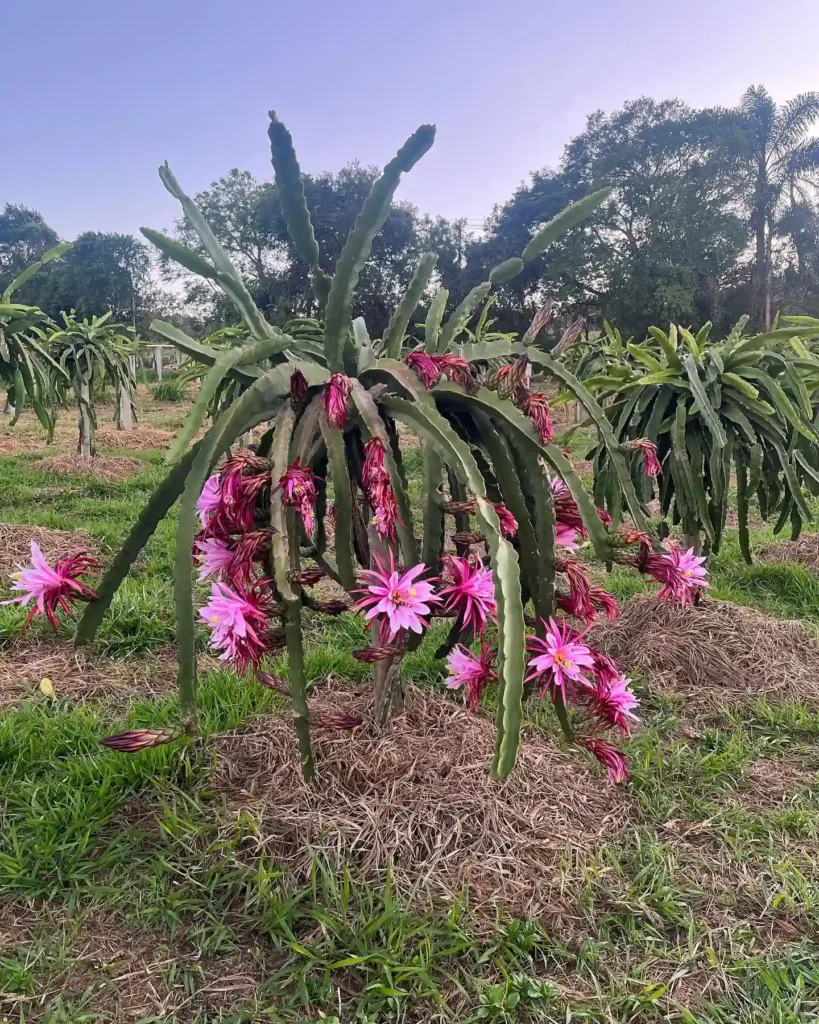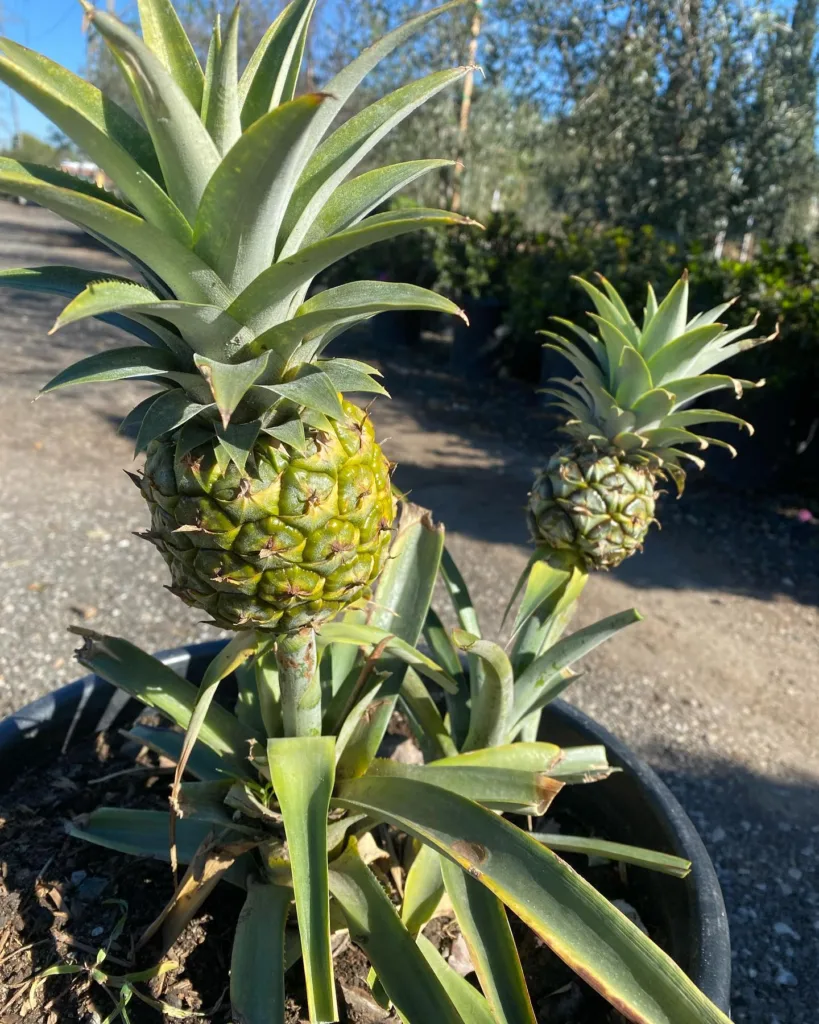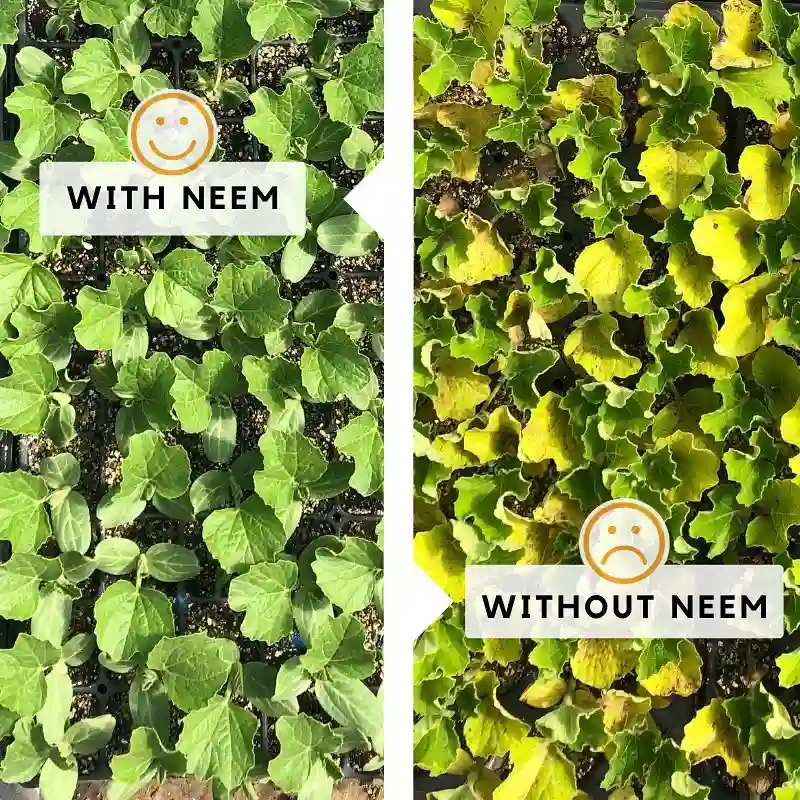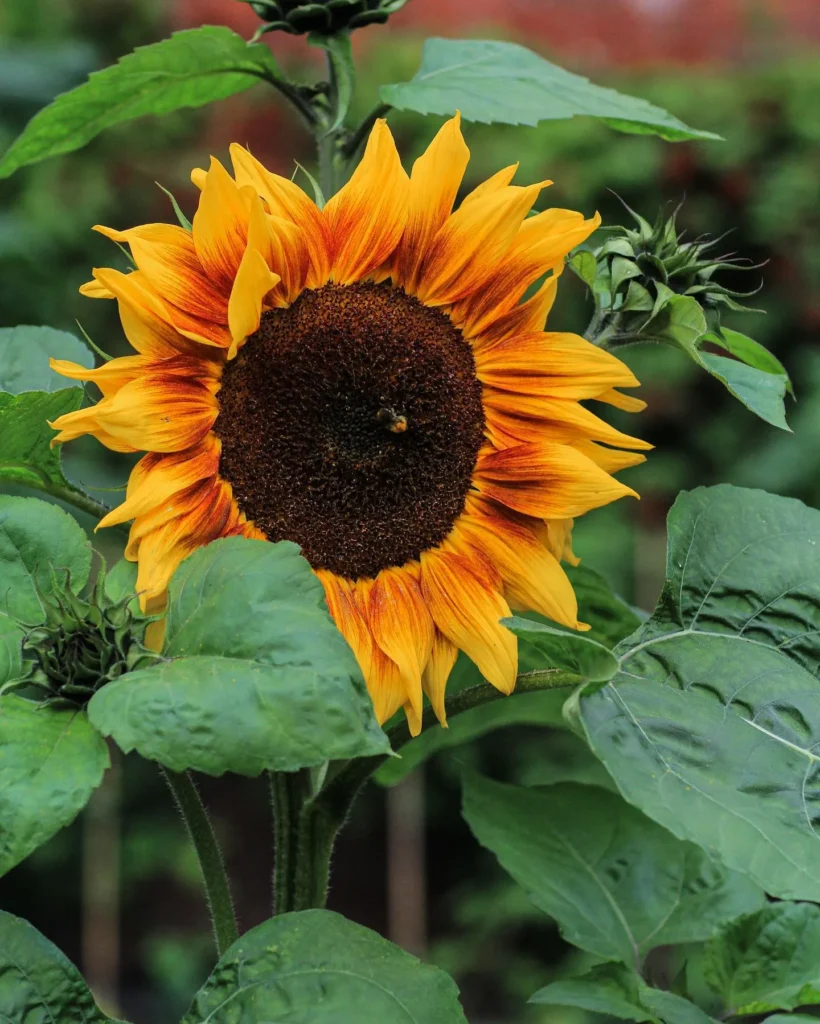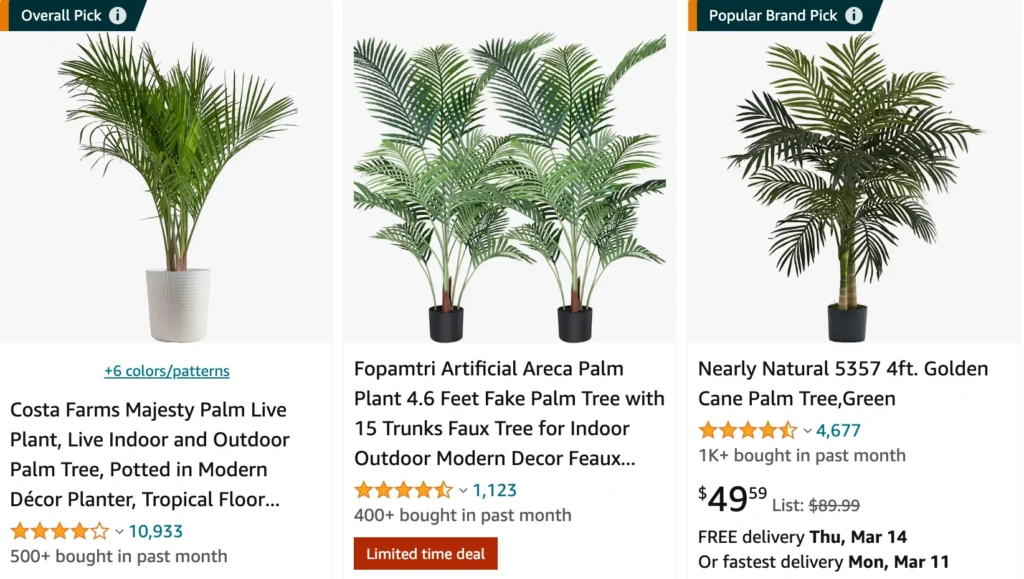
Palm Trees: A Timeless Connection to Nature
Palm trees have always fascinated me. Their majestic silhouettes against a setting sun, the rustle of their fronds in a coastal breeze, and the promise of tropical warmth they carry make them truly iconic. Growing up, I didn’t think much about their significance. They were just trees to me—until I started exploring their unique traits and cultural importance.
What does hearts of palm taste like?
I find hearts of palm to be quite interesting. Their taste is definitely on the mild side, like the faint sweetness of an artichoke heart mixed with the subtle nuttiness of a water chestnut. The texture’s where it gets fun though – there’s a bit of a satisfying crunch, but it’s still delicate. Honestly, my favorite way to eat them is right out of the can, with a squeeze of lemon and some cracked pepper. It makes a surprisingly refreshing summer snack!
Where are palm trees native to?
I used to think palm trees were mainly a tropical thing, but it turns out they’re native to surprisingly diverse places! Most are at home in those warm, humid climates of South America, the Caribbean, and Southeast Asia, but some tougher varieties can handle subtropical areas and even deserts. I learned there’s a European native palm that manages to grow along the Mediterranean, and some scraggly ones can even survive surprisingly cold winters in the Southwestern US. It makes me appreciate their adaptability!
Can dogs have palm oil?
While small amounts of palm oil in things like dog food probably won’t hurt, I’ve learned it’s generally best to minimize it in my dog’s diet. That’s because too much can lead to an upset stomach or worse. I always check ingredient labels carefully on treats and food, especially since palm oil is disguised under different names. If I’m unsure, a quick chat with our vet puts my mind at ease. After all, I want my furry friend feeling their best!
What grows on palm trees?
I always think of coconuts when someone asks what grows on palm trees. That classic image of a deserted island! But it turns out palm trees offer way more than that. There are dates with their sweet, chewy goodness and then those tiny, vibrantly colored acai berries. Some palms even produce a nut used to make chewing tobacco. It’s amazing how much variety comes from one type of plant! Lately, I’ve been trying to spot different kinds of palms in my neighborhood and guess what might grow on them.
What states have palm trees?
Many states across the US have palm trees, especially those with warmer climates. Here’s a breakdown:
States Famous for Palm Trees:
Florida: The ultimate palm tree state! You’ll find a huge variety here, both native and introduced.
California: While a few species are native, most of the iconic California palms were brought in, adding to the classic beachy aesthetic.
Hawaii: Palm trees are everywhere in Hawaii, but only one species is actually native.
Texas: Texas boasts both native and introduced palm tree varieties.
South Carolina: The palmetto tree is even featured on the state flag!
Other States with Palm Trees:
These states might have fewer palm trees overall, but certain species thrive in their warmer regions:
Arizona
Georgia
Louisiana
Mississippi
North Carolina
Oklahoma
Can dogs eat hearts of palm?
Yes, generally dogs can eat hearts of palm in moderation. They’re considered non-toxic and offer some nutritional benefits. Here’s what I keep in mind:
Benefits:
Low calorie and low fat, making them a healthy snack option.
Provide fiber and a bit of vitamin C.
Cautions:
Too much can upset their stomach, so moderation is key.
Canned hearts of palm are often high in sodium, so fresh or plain frozen is a better choice.
Offer small pieces at first to make sure your pup tolerates them.
Overall, I see hearts of palm as an occasional fun treat. If my dog enjoys the taste, a few pieces mixed into their food or as a standalone snack are perfectly fine!
Why is my palm tree turning yellow?
There could be a few reasons why your palm tree is turning yellow, and it depends on the pattern of yellowing and overall health of the tree. Here are some possibilities to consider:
Underwatering: Palm trees need consistent moisture, especially during hot weather. If the leaves are turning yellow from the bottom up, and the soil feels dry, you might be underwatering. Try deep watering your palm tree regularly, allowing the water to drain freely.
Nutrient deficiency: Palms need essential nutrients like magnesium or nitrogen to stay green. If the yellowing starts at the tips or edges of the fronds, it could be a sign of nutrient deficiency. Consider fertilizing your palm tree with a balanced fertilizer specifically formulated for palm trees.
Lack of sunlight: While palm trees generally love sunshine, some varieties prefer indirect sunlight. If your palm is in constant shade and the yellowing is widespread, it might be getting insufficient light for proper growth.
Pests or diseases: Yellowing fronds can also be caused by pests like scales or mites, or by fungal diseases. Look for signs of infestation or unusual spots on the leaves. If you suspect pests or diseases, consult a professional gardener or local nursery for advice on treatment options.
Natural shedding: It’s natural for older palm fronds to turn yellow and eventually die off. This usually happens to the lower fronds first. If only a few older fronds are yellowing and the rest of the tree looks healthy, it’s likely not a cause for concern.
For a more accurate diagnosis, it would be helpful to see pictures of the yellowing fronds and their position on the tree. You could also consult a local gardening expert or arborist who can examine your palm and provide specific recommendations.
Are palm trees poisonous?
Most palm trees are not considered poisonous. However, the sago palm is an exception, being highly toxic to both humans and pets.
Is palm oil vegan?
This is a complicated question with no simple answer. Here’s why:
Technically Vegan:
Palm oil itself is derived from a plant, making it free from animal products. In this strict sense, it aligns with a vegan diet.
Ethical Concerns:
The production of palm oil is heavily linked to rainforest deforestation and habitat destruction. This negatively impacts endangered species like orangutans, tigers, and elephants.
Human rights violations and poor labor practices have also been connected with the palm oil industry in certain regions.
The Choice:
For many vegans, the environmental and ethical costs outweigh the purely “plant-based” aspect of palm oil. They choose to avoid products containing it whenever possible.
Others might be comfortable using products with sustainably sourced palm oil, where efforts are made to minimize the negative impact.
What You Can Do:
Look for products labeled with “sustainable palm oil” or certifications like RSPO (Roundtable on Sustainable Palm Oil).
Check ingredient lists carefully as palm oil hides under many names.
Support companies transparent about their palm oil sourcing or those who avoid it altogether.
What does a palm tree symbolize?
Palm trees hold a rich and diverse symbolism across cultures and throughout history. Here are some of the most common meanings associated with them:
Victory and Triumph: In ancient Greece and Rome, palm branches were awarded to victors of competitions and battles. This symbolism persists, representing success and overcoming challenges.
Peace: Being a symbol of victory, the palm tree also came to represent the peace that follows conflict. They are often seen as a sign of tranquility and harmony.
Paradise and the Tropics: With their lush fronds and association with warm climates, palm trees readily evoke images of tropical islands and relaxing getaways. They embody a sense of escape and freedom.
Longevity and Resilience: Palm trees can survive harsh environments, from deserts to storms. They symbolize the ability to withstand adversity and endure over time.
Spiritual Significance: In many religions, palm trees hold special meaning. In Christianity, they are associated with Jesus’s triumphant entry into Jerusalem (Palm Sunday). In Islam, they can represent Paradise, and in Judaism, they are a symbol of righteousness.
The symbolism of the palm tree can vary slightly depending on the specific context and cultural lens. Still, they generally represent positive and aspirational concepts that have resonated with people around the world for centuries.
Do palm trees need a lot of water?
Palm trees have varying water needs depending on the species, climate, and soil type. However, here’s a general breakdown:
Established Palm Trees:
Most mature palm trees are surprisingly drought-tolerant once they have a strong root system.
Deep, infrequent watering is generally better than frequent, shallow watering. This encourages roots to grow deep, making the tree more resilient.
During hot and dry periods, they’ll still benefit from supplemental watering.
Newly Planted Palm Trees:
Young palms need more frequent watering to establish their roots. Water deeply every few days for the first couple of months, then slowly taper down the frequency.
Factors to Consider:
Climate: Palm trees in hot, dry climates will naturally need more water than those in humid regions.
Soil Type: Sandy soils drain quickly, so palm trees may require more frequent watering compared to those planted in clay-like soils that retain moisture better.
Species: Some palm varieties are more drought-resistant than others.
Signs your palm might need more water:
Yellowing or browning of older leaves
Slow or stunted growth
Dry, cracked soil around the base
It’s best to research the specific needs of your palm tree variety and observe its condition to adjust your watering schedule accordingly.
Reflections on a Timeless Tree
Palm trees are more than just a decorative element. They’re a testament to resilience, adaptability, and beauty. Every time I see one, whether in a bustling city or a quiet beach, I’m reminded of their enduring spirit.
In my garden, I continue to nurture palms, appreciating their growth and the life they bring to my surroundings. They’ve taught me to stay grounded yet aim high, swaying gracefully with life’s winds while staying rooted in purpose.
For me, palm trees are a connection to something timeless and universal—a bridge between the earth and the sky.
If i die, water my plants!
